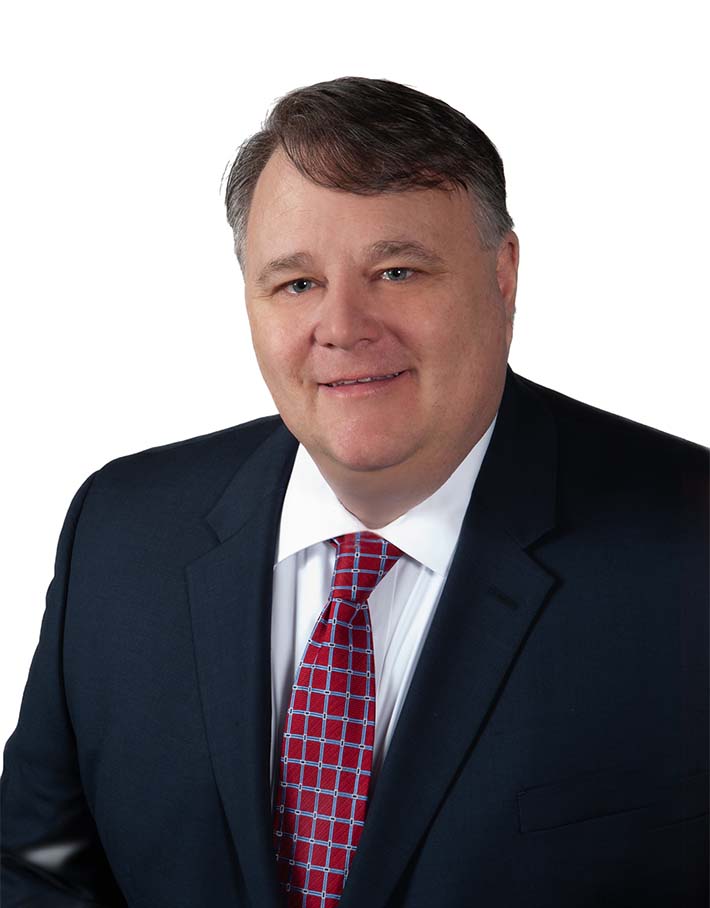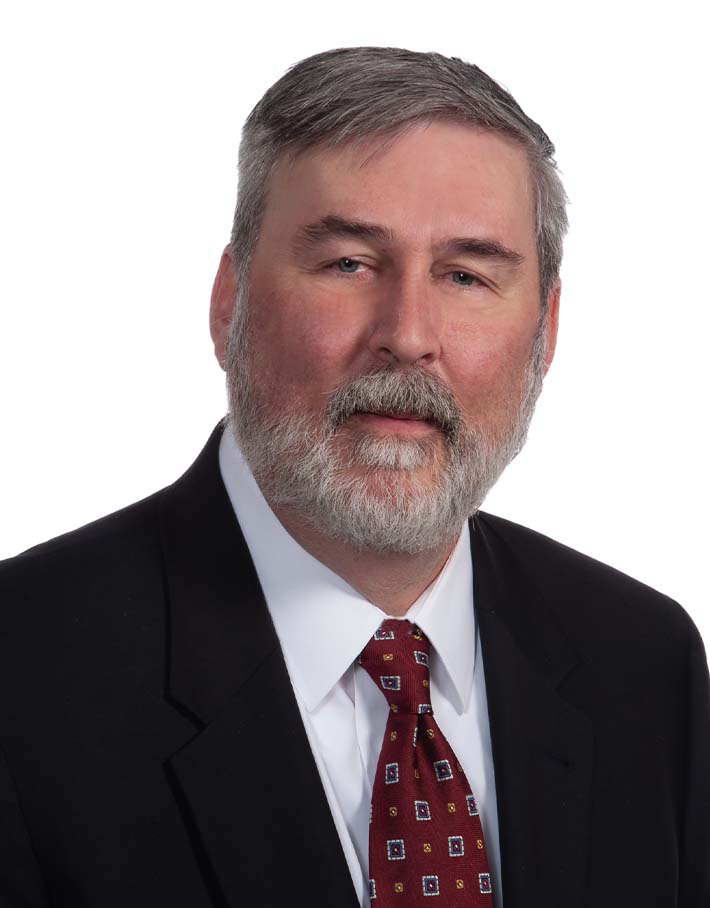Are you Maximizing your Clearing Firm’s Capabilities?
By Jay Donlin, Dave Osborne and David Williams
Subscribe to our original industry insights
Competition, regulations, technology and reduced margins may be reducing your broker-dealer’s bottom line. How do you continue to thrive in this environment? The answer may be right in front of you – your clearing firm. Join our panelists as they talk about how maximizing your clearing firm’s capabilities can help your bottom line.
Transcript
Transcript provided by Temi transcript services
Oyster: Welcome to the Oyster Stew podcast, where we discuss what’s happening in the industry based on what we see as we work with regulators and clients. Oyster consultants are industry practitioners; we aren’t career consultants. We’ve done your job and we know the issues you face. You can learn more about Oyster Consulting and the value we can add to your firm by going to our website – oysterllc.com.
Dave Williams: Hi, my name is David Williams and welcome to our Oyster Stew podcast. With me today are Jim Roth, Jay Donlin, and Dave Osborne, all of which have had successful careers before joining Oyster. If you’re a broker dealer today, you are aware of the challenges you face in the marketplace. It’s not any secret that new regulations and the compliance that creates are continuous and are not going away for broker dealers. In particular, the DOL fiduciary rule will continue to evolve and under the new administration will change the way advisors will have to interact with our clients. Competition is coming from places you may not even have thought of a few years ago. RIA custodians want your advisors fee-based business and are enticing them with free tickets, low account fees and a platform that’s going to accommodate their business. Technology is always part of a discussion in our industry, a competitive platform to serve your advisors and their clients is always mandatory, but it can be very expensive.
And if that’s not all enough, and this is not a new story, your margins are being squeezed. As the shift towards advisory continues, commission business is way down from what it used to be. And probably most importantly, your non-compensable sources of revenue are being reduced or even eliminated. So how can you continue to thrive in this challenging environment? Well, the answer might be right in front of you. Your clearing firm. Yes. Your clearing firm. Are you taking advantage of all the capabilities of your clearing firm today? So let’s bring our panel into the conversation. Let’s first talk about the regulatory environment. I think we all agree the impact is significant. It’s meaningful and it’s not going away. So to help cope with all the regulations, what should the expectation be of your clearing firm to help affirm remaining compliant with all these changes?
Jay Donlin: Dave, I’ll jump in. This is Jay. You touched on a little bit of this regulatory environment with the non-compensable, which a lot of those non-compensable is that people used to rely on in the current rate environment have been shrunk, anyways. But with the regulatory environment and the heightened awareness of best interest and client conflicts, a lot of firms had decided that it’s just not worth us taking this revenue in order to eliminate or reduce the number of conflicts we have. And in doing that, they’ve walked away from pretty significant revenue streams in the traditional BD market from a clearing firm. The clearing firms benefit because they don’t have to share anymore. And so our proposal that we’ve been counseling firms on is to renegotiate your contract and have those costs offset, or that revenue offset, with additional savings in other areas that are going to be around for a while. So anything else, gentlemen?
David Osbourne: Jay, this is Dave. I would say that as the reps move into an advisory type of relationship with their clients, one of the things that you could actually do is look at your business mix. Often your business mix changes as you change your type of relationships, and see if there are any economies of scale you can get out of your clearing firm for new ticket charges for your broker dealer or your transactional based business. I think every bit counts, and that’s certainly one of the places where you could look for opportunities. The other thing that I would say is take advantage of the technology that the clearing firm offers as opposed to trying to build your own. You know, let the clearing firm spend their discretionary dollars on the regulatory and the infrastructure enhancements. And you utilize your discretionary dollars on things that are going to enhance the client’s experience.
Jim Roth: Hi, David, it’s Jim Roth. And I appreciate being involved in this podcast. You know, a number of years ago, a former colleague of mine shared that there’s only three guarantees in life – death, taxes and increased regulatory oversight. You know, Dave, you said it earlier, certainly there’s a number of changes in the political climate and all eyes are on Washington. But as Jay alluded to, Reg BI and the heightened scrutiny that comes from all regulations, is really causing firms that are increasing under pressure. And they’re also concerned about the securing of the client data. You know, most often firms suffer from a lack of policy awareness, adequate training and staffing for their teams. So based on our experiences, the regulators are really demanding more of an automated process and an ongoing repeatable assessment of the vendors and clearing firms could be one of those vendors. You know, we often hear from clients that vendor risk are becoming more complex and increasing in nature. So consolidating vendors, if that’s even possible is a goal that most firms have an interest in, but they haven’t necessarily implemented.
David Williams: Great answer. Um, so let’s talk a little bit more about what the expectation should be around a clearing firm to try to hold on to that advisory business it’s being custody on the broker dealer platform. What should firms be doing to try to hold that business on the platform? I think that if advisors start moving their advisory business to an RIA custodian, that’s one less level of control that the broker dealer has. Are there expectations, are there ways that clearing firms should be helping their introducing firm clients to hold that business on the platform?
Jim Roth: David, Jim Roth, again. I’ll just chime in on this one because today’s pressures are really driving a number of firms to maybe adapt or revise their advisory strategies. And as you said, over the last five years, the number of advisors that are moving to the independent registered investment advisor, the RA space, that’s growing significantly and custodians and platform providers I think are working diligently to enhance their mousetrap. You know, speaking of growth, it’s always important to define the term hybrid RAs. And I’d say to you, our definition of the hybrids are those that are actually operating independently but they are in fact, affiliated with the introducing broker dealer. So the challenge that many of the broker dealers have is to make it easy to stay with your firm. And considering the fiduciary pressures, as well as the impacts of the bottom line, to try to enhance that mouse trap. So, I think broker dealers who maybe proactively market and promote with the custodians of choice, that you could support the dually registered as well as the independent registered advisors. That model is certainly challenging the traditional brokerage model. But I think that’s something that you can’t underscore the importance because the trend is there. There’s no question about it.
Jay Donlin: Yeah, Jim, and to kind of dovetail a little bit on the traditional brokerage, that’s not going away. I mean, there’s plenty of products and plenty of clients that still have a value-add service in traditional brokerage, but by far, the industry has focused a lot on advisory and the advisors and the firms, the IBDs, need to, as you say, develop your mouse trap, but they have to produce their value add. What is their value add to the clients? What is their value add to the advisors? And a large component of that is directly dependent a lot of times on the clearing firm, and who their clearing firm is, and what technology stack or platform that the clearing firm has developed and provided. And if you’re having to go around your clearing firm to develop your own technology stack because you feel like they’re not keeping up or they are behind the times, then it might be time to look at your clearing firm and determine if there might be somebody else that more aligns with your strategies down the road for your firm, for your advisors, and for your clients.
Dave Williams: Yeah. I think we’re all aware that the number of broker dealers has significantly reduced over the last 20 or 25 years. It’s probably about 25% of what it used to be. Do we think for retail brokerage firms, there always will be a need for a broker dealer? Or do we think that’s going to go the way of the dinosaur?
David Osbourne: I think there’s always going to be a need for a retail broker dealer, but I think that’s going to diminish over time as people migrate to advisory. Advisory is not for everybody, and you have to look at the individual client and determine what’s best for them. So I think you’re, from an institutional standpoint here, you’re going to have a transactional based traditional broker dealer.
Jay Donlin: Yeah. And there’s other products as well – annuities, for example. Insurance companies are by far not the fastest to change. A lot of them have developed these advisory class annuities, but still you have to be in order. For a variable annuity, you have to be securities registered. So that entails a broker dealer in the current structure. Will that go away, it could. They could have all the products that could evolve the regulatory structure in order to accommodate those types of annuities into a more advisory type of relationship. Some companies are forerunners in that. But I think there’s always going to be the need and it will continue to shrink. But there will be a need for broker dealers.
Jim Roth:
Okay. David I’ll compliment my partners and say, it’s always about choice – choice and products, choice and compensation. How they’re being charged or their investors for their support and choice in the server ultimate services that they provide. So, I think it’s always going to be around. Because of the various demands, the choice is necessary. So I think it’s something that’s here to stay.
David Williams: Good answers. Let’s shift the conversation to technology. I think we all would agree a robust technology platform benefits everybody – your support staff, obviously your sales team. Is there any right answer to what technology should look like? Is there any right answer to buying versus building? How would you comment on what technology should look like?
David Osbourne: Dave? This is Dave. I’ll take a crack at that one. I think technology is going to look different in the eyes of each firm. So what business areas spending this for may have that they may be able to build a proprietary product and Firm B may be able to utilize off the shelf from the clearing firm and that may work just fine for them. So I think technology is looking different for each firm.
Jim Roth: Dave, you know, we’ve worked with a number of firms that are examining the build versus buy review and the advantages associated with a fixed versus a variable cost environment. But many times actually the decision comes down to the perception of control and not being limited by a third party. I think the challenges are that many technology components that were actually built in 2011 versus 2021. That’s what we’ve seen is the lack of integration generally causes the most consternation here. Yeah. Each firm is unique in their own way, but I think integration is the phrase that pays today.
Jay Donlin: Kind of dovetail into that. Jim, on the integration side, we’ve got some clearing firms that are very open architecture and basically you can develop whatever you want and interface with the firms. You have some firms that were traditionally closed environment, didn’t have access to the data, could not utilize your own products, your own development of technology or own vendors that you select that slowly but surely opening up. Even in those firms where you can leverage some technology that you may buy off the shelf, I’m going to integrate it in with your clearing firm back office. And that’s kind of the way of the future. People don’t necessarily want to build, but sometimes they feel compelled to build because they want to be able to service their advisors and their clients in a certain way, and they wanted to be able to control that experience. The bigger you are doesn’t necessarily mean you’re willing to build. There are several firms that we have been engaged with that were big enough to spend the money, but decided it’s just not core competency and something that I want to tackle. I’d rather have a clearing firm that can leverage and spend their money. I’ll focus on sales and let them develop the platform for it.
Dave Williams: Is there any size firm that should just completely adopt their clearing firm technologies -just completely use that scale that they’ve already built and not get into, even to a small degree, the technology business, because of the expense of it and the maintenance of it.
Jay Donlin: I don’t know if there’s a size limit. I think it just depends on what your skill set is. I’m a proponent of, if you have the skillset and you feel like it’s something that your culture needs that your firm needs, your clients need, then go ahead and do it. There are firms out there all over the street that are small firms, but they were built by a FinTech type person that it makes sense to build my own technology stack and interface with a clearing firm versus firms that don’t have that capability. When they could be all different shapes and sizes, but they just choose to focus on maybe the sales side, the traditional wealth management side, and would rather outsource the technology as well as the back office to a clearing firm to support their advisors and clients.
Jim Roth: Dave, my comment on that one is that there’s an element of differentiation with every broker dealer and all the RAs and the services that they offer. If they have the ability and the expertise, to Jay’s point, of twisting or tweaking that technology in the majority of it is satisfied based on the clearing firm relationship today. But there’s always nuances that they could implement one way or the other. So I think that’s what firms are looking for. A little bit more control, because often what we hear and we’ve heard this repeatedly, is the end investor. They recognize the advisor and potentially the broker dealer. They don’t necessarily always recognize the clearing firm and no disrespect to any of the clearing firms, but it’s important to have those relationships for the stability and the protection of the accounts. But at the end of the day, it really comes down to the end investor and the broker and what are they going to do and how are they going to cater it? So, I agree with Jay’s comments in that I don’t think there’s necessarily a size perspective, but I think broker dealers are looking to differentiate for themselves.
Dave Williams: Great answer. Thank you everybody for listening today and thanks to Jim, Jay and Dave for giving us your thoughts here. If you’d like more information you can call Oyster at (804) 965-5400 or visit our website at www.oysterllc.com.
Oyster: Thanks for listening. And if you like what you heard, make sure to follow the Oyster Stew podcast on whatever platform you listen to. If you’d like to learn how we can help firms start, run, protect, and grow their business, visit our website at oysterllc.com.




